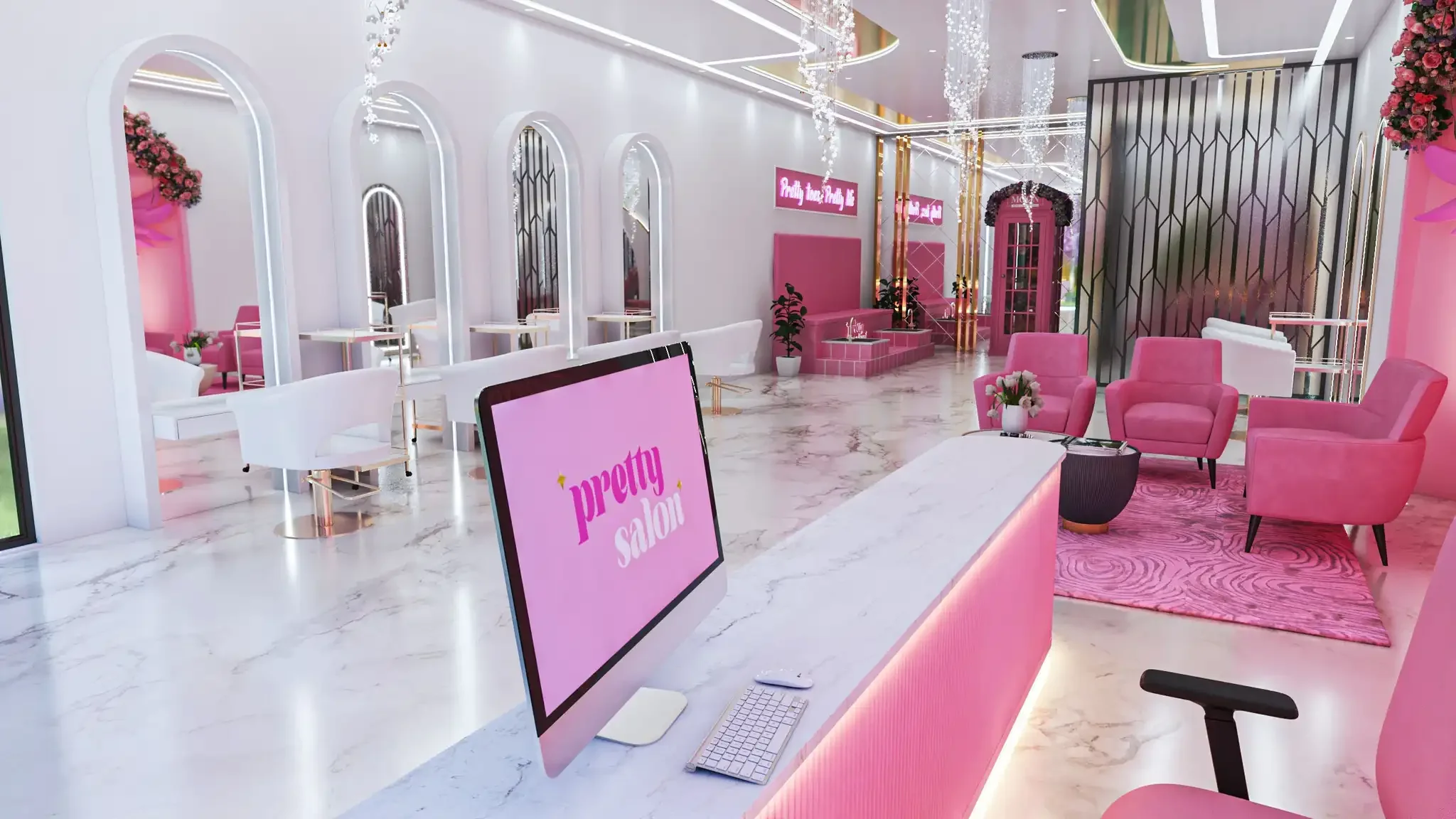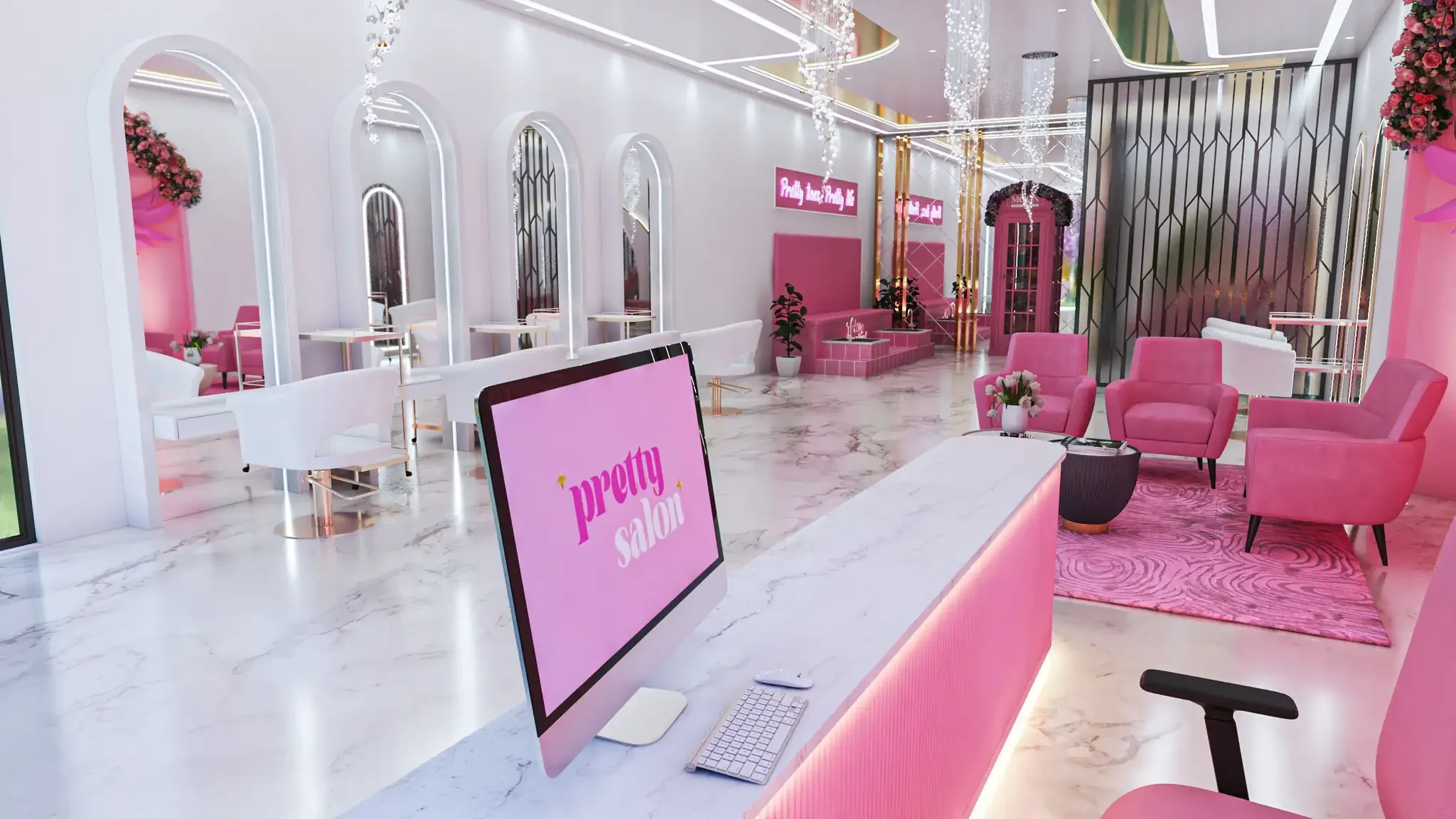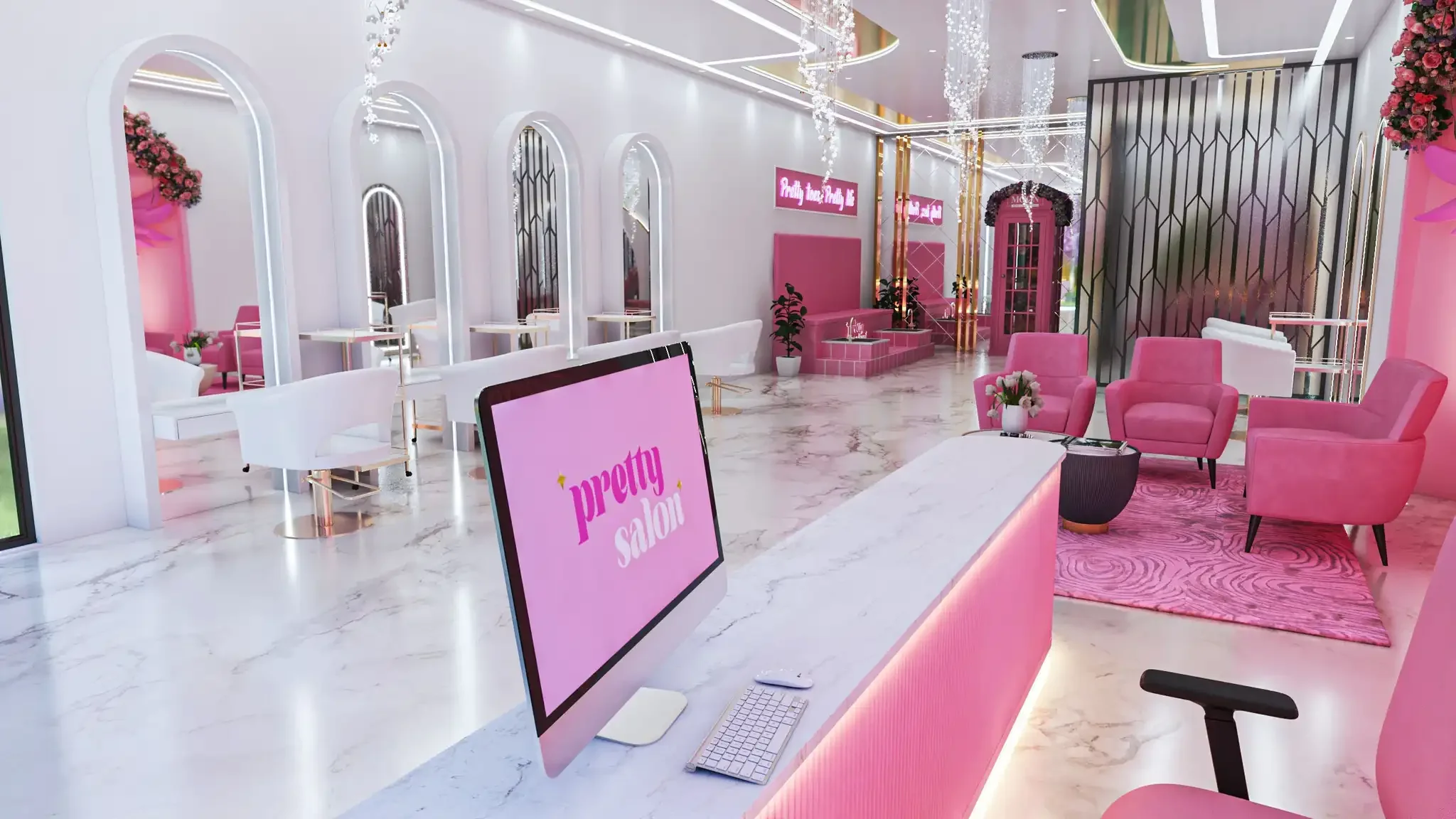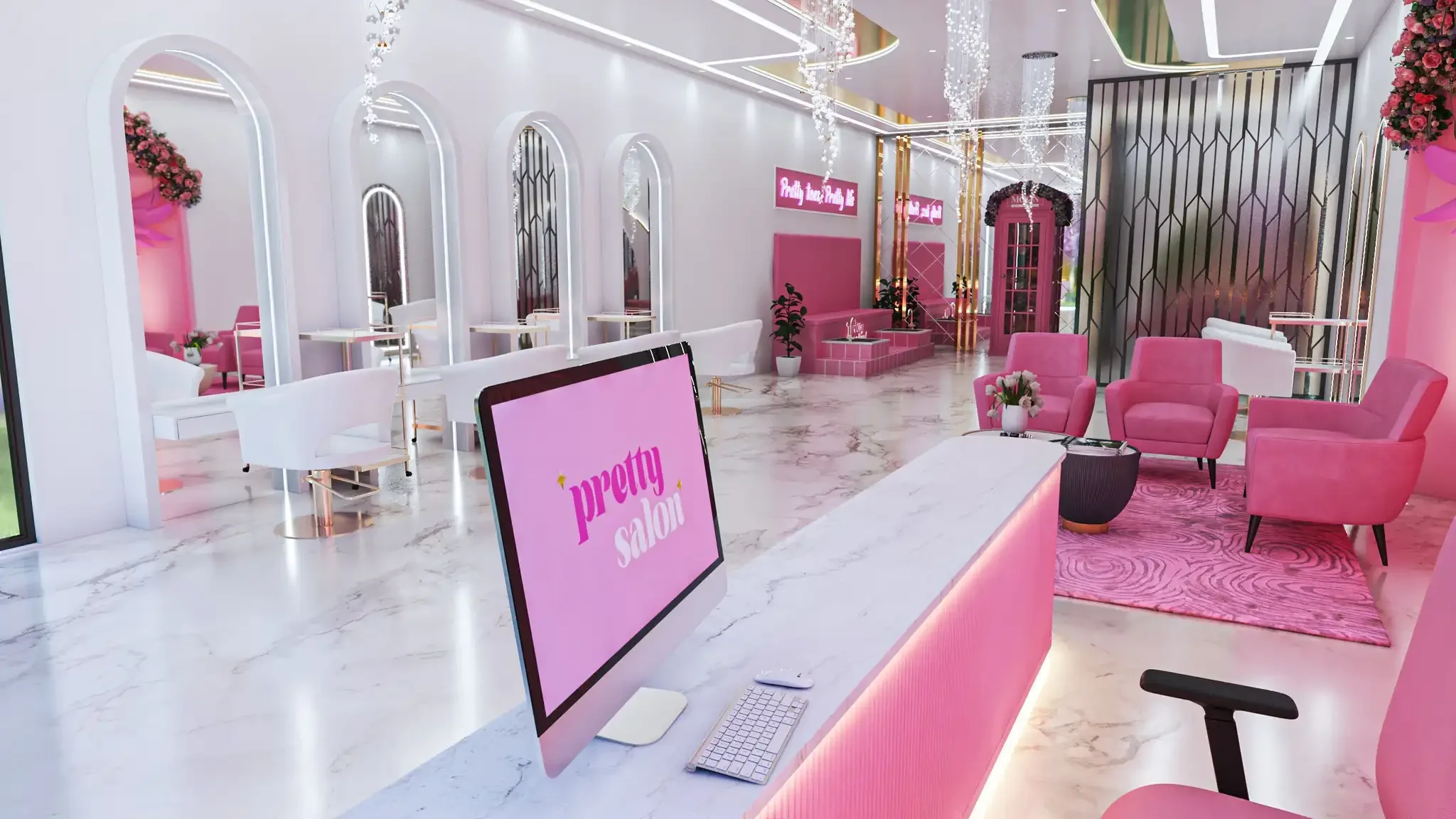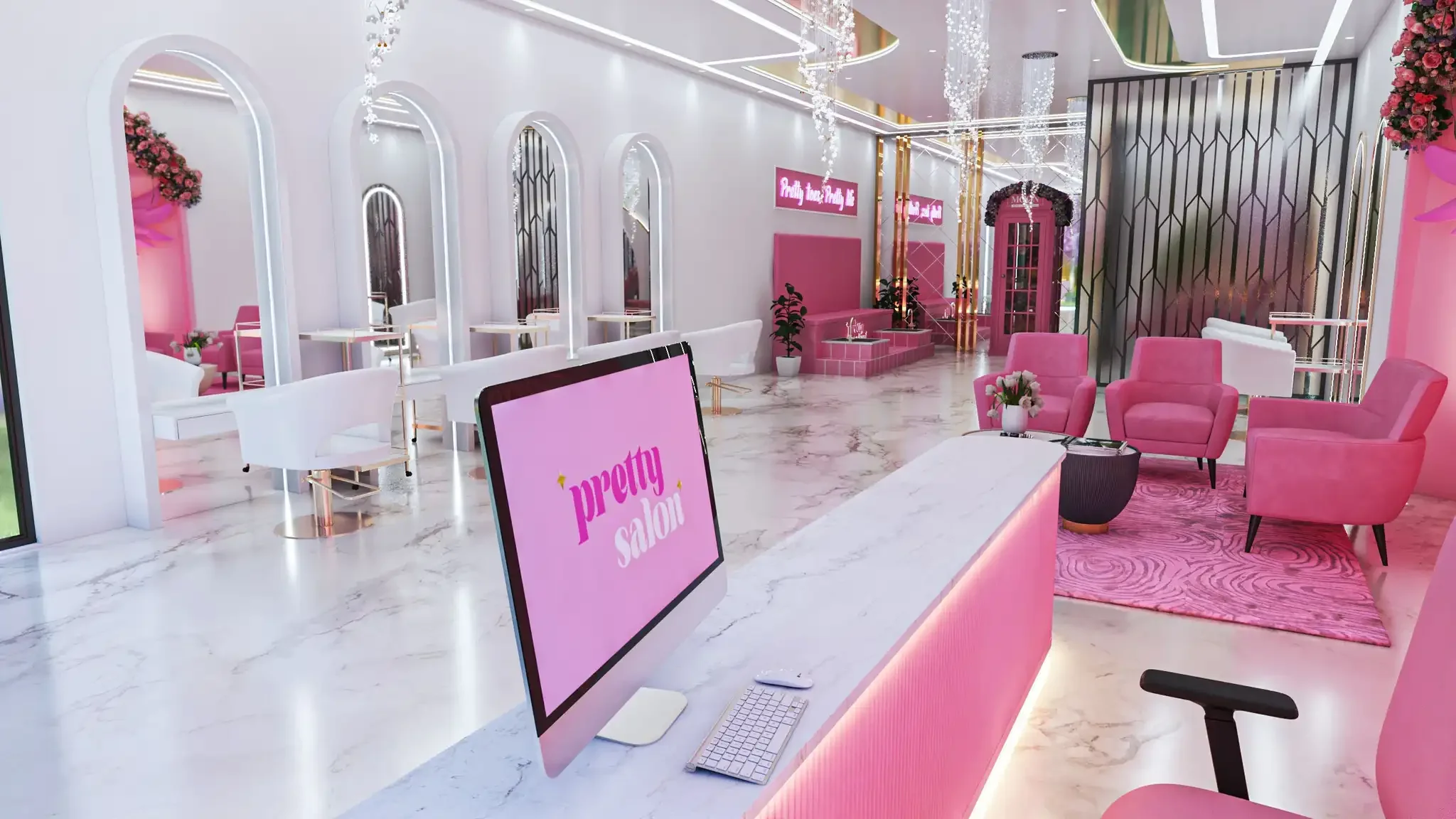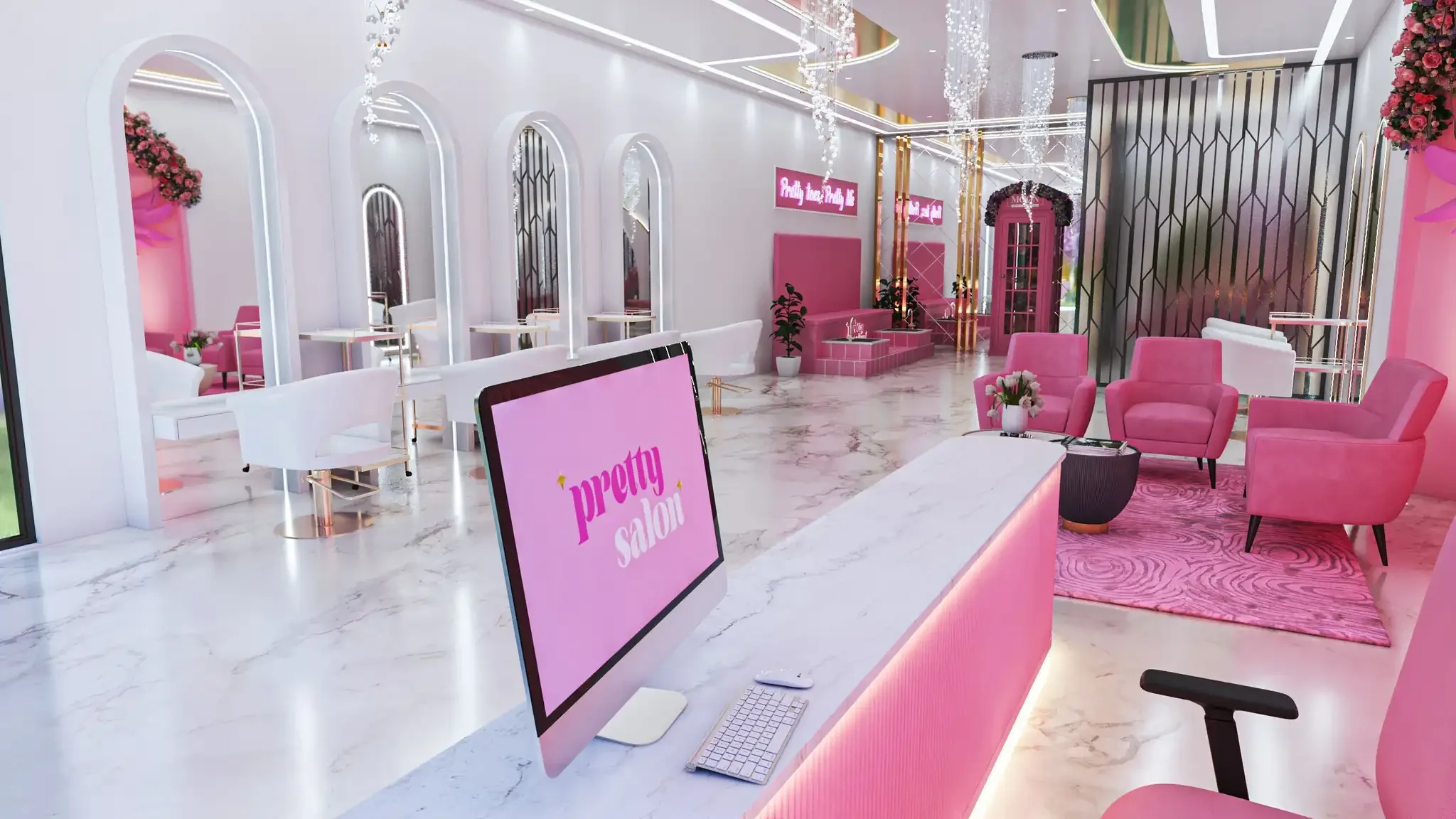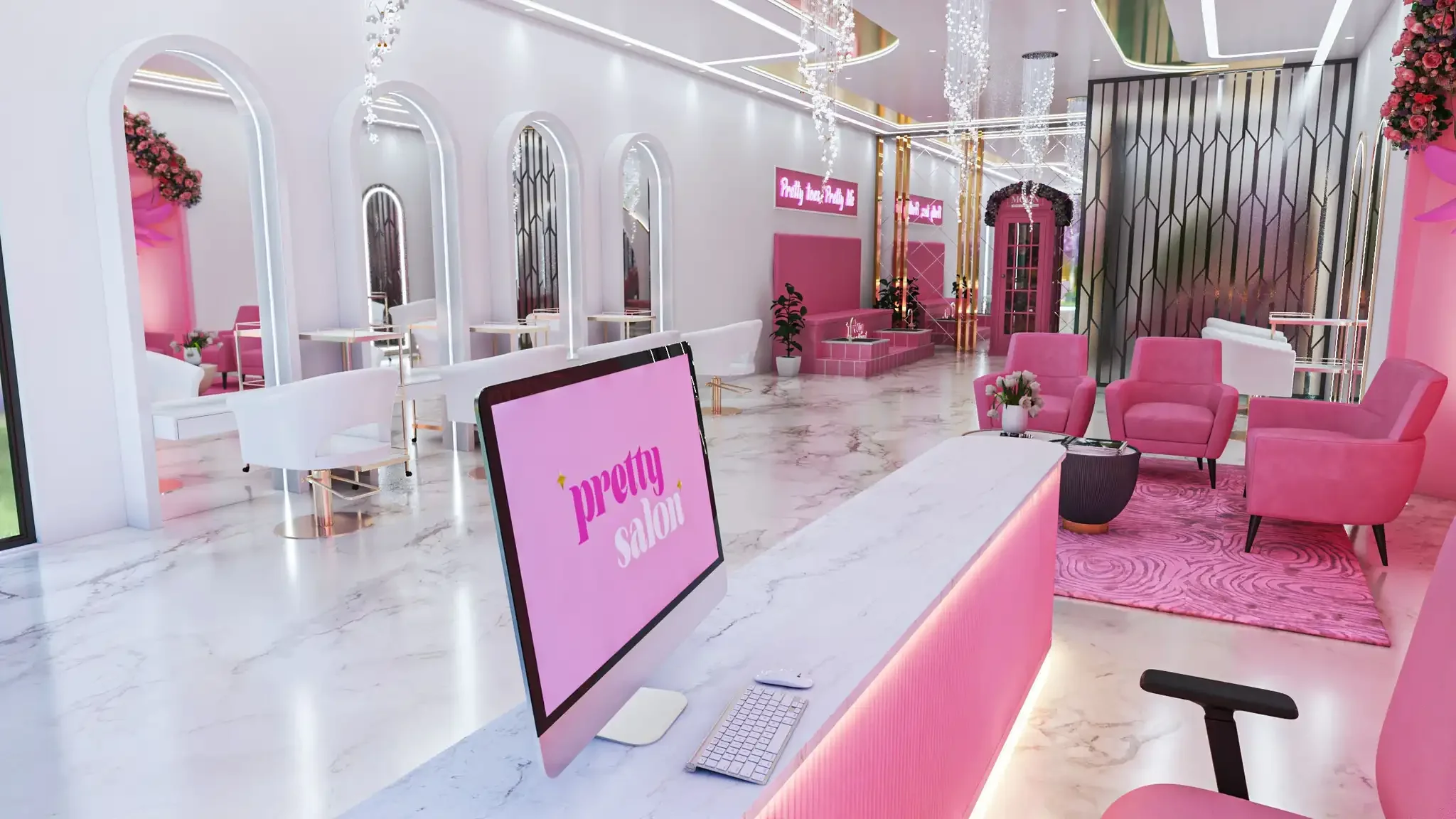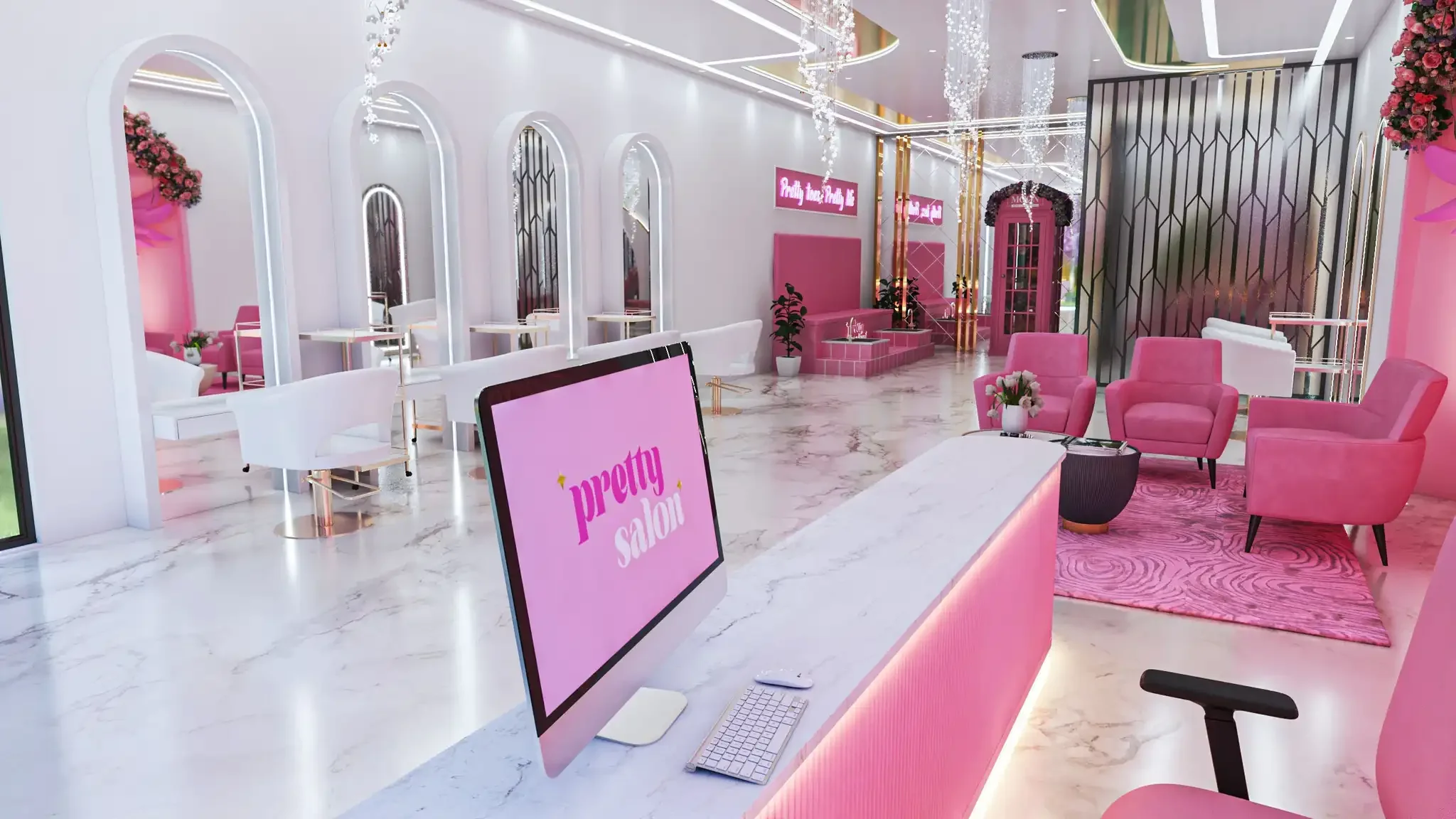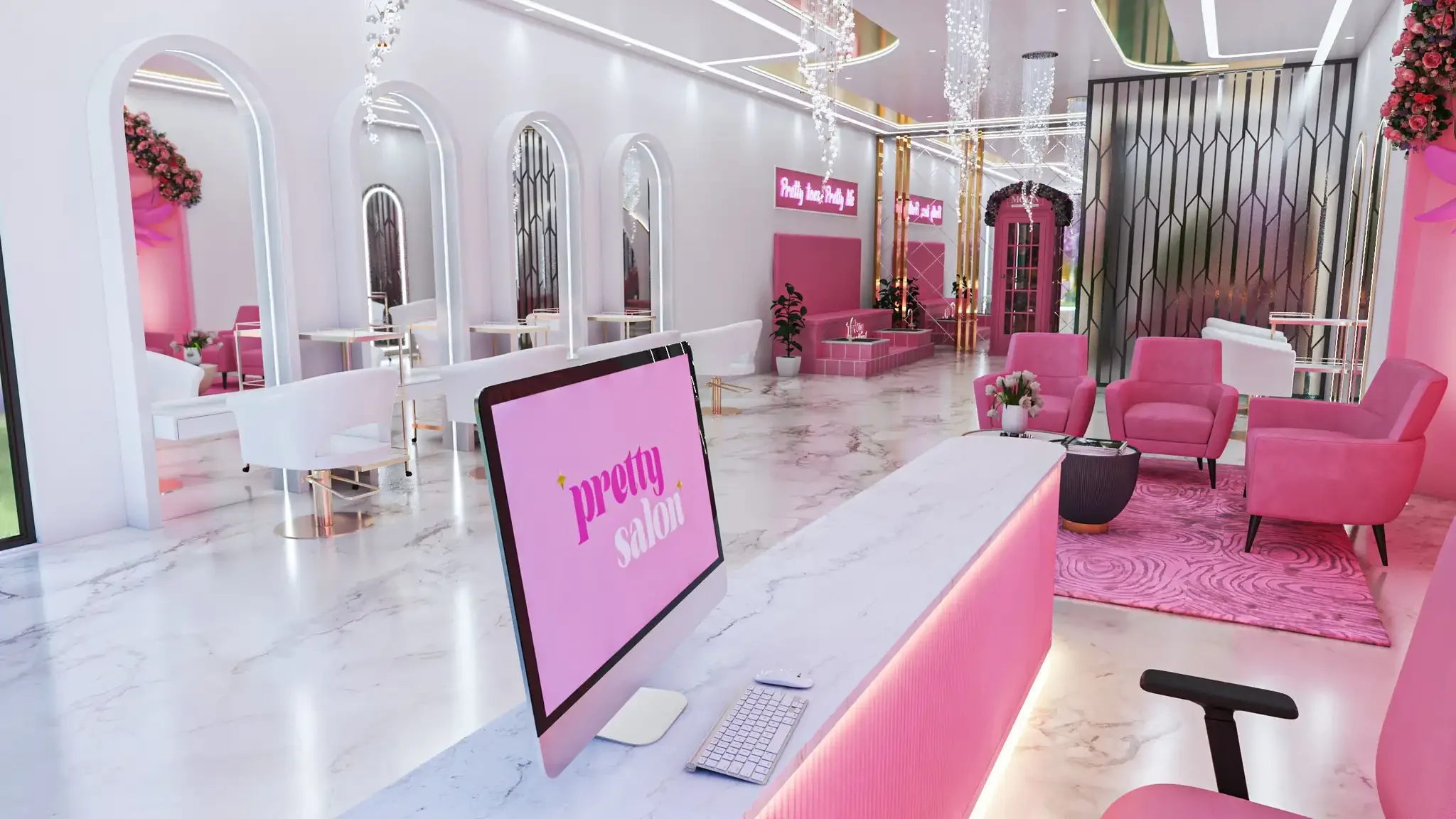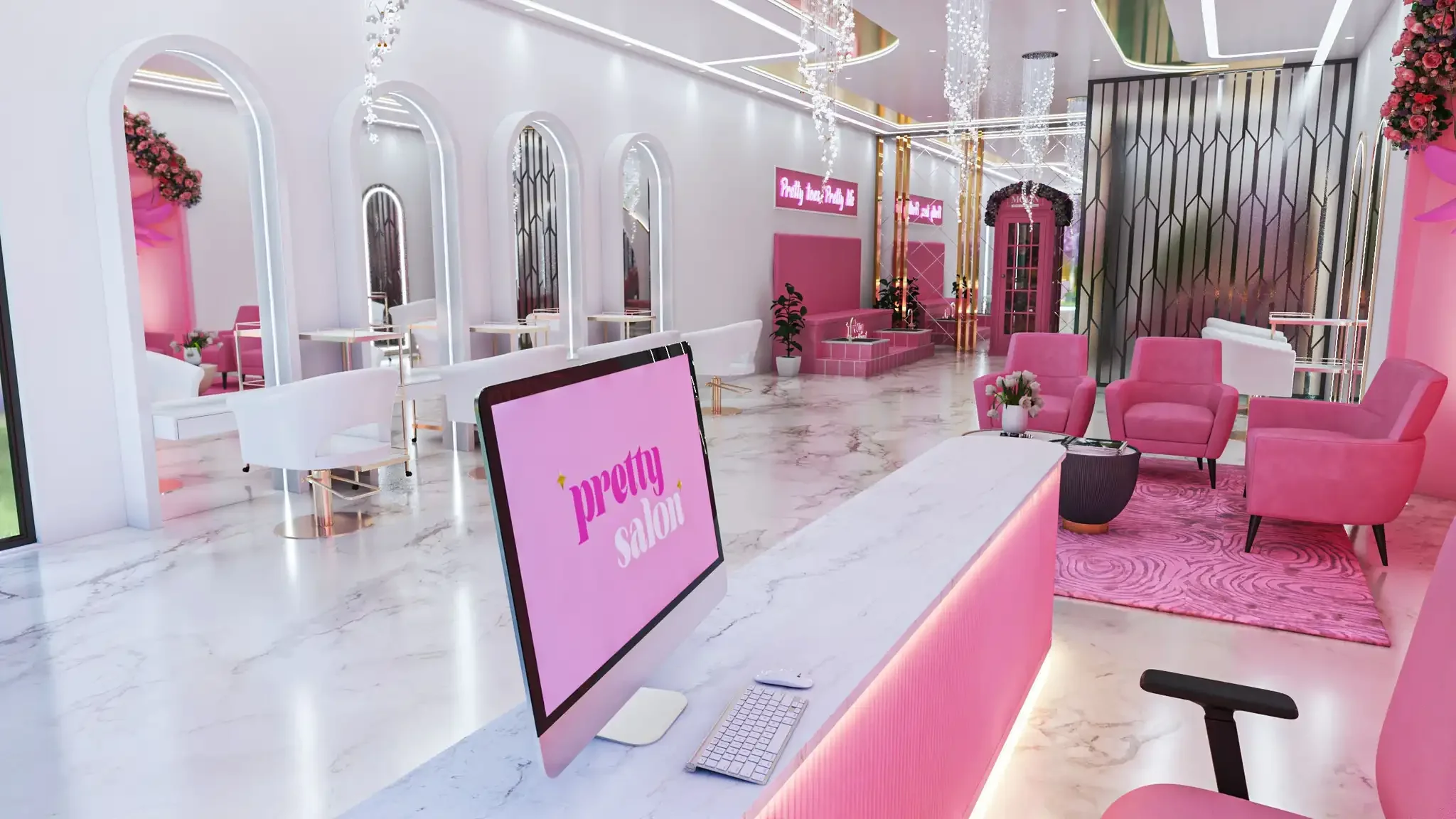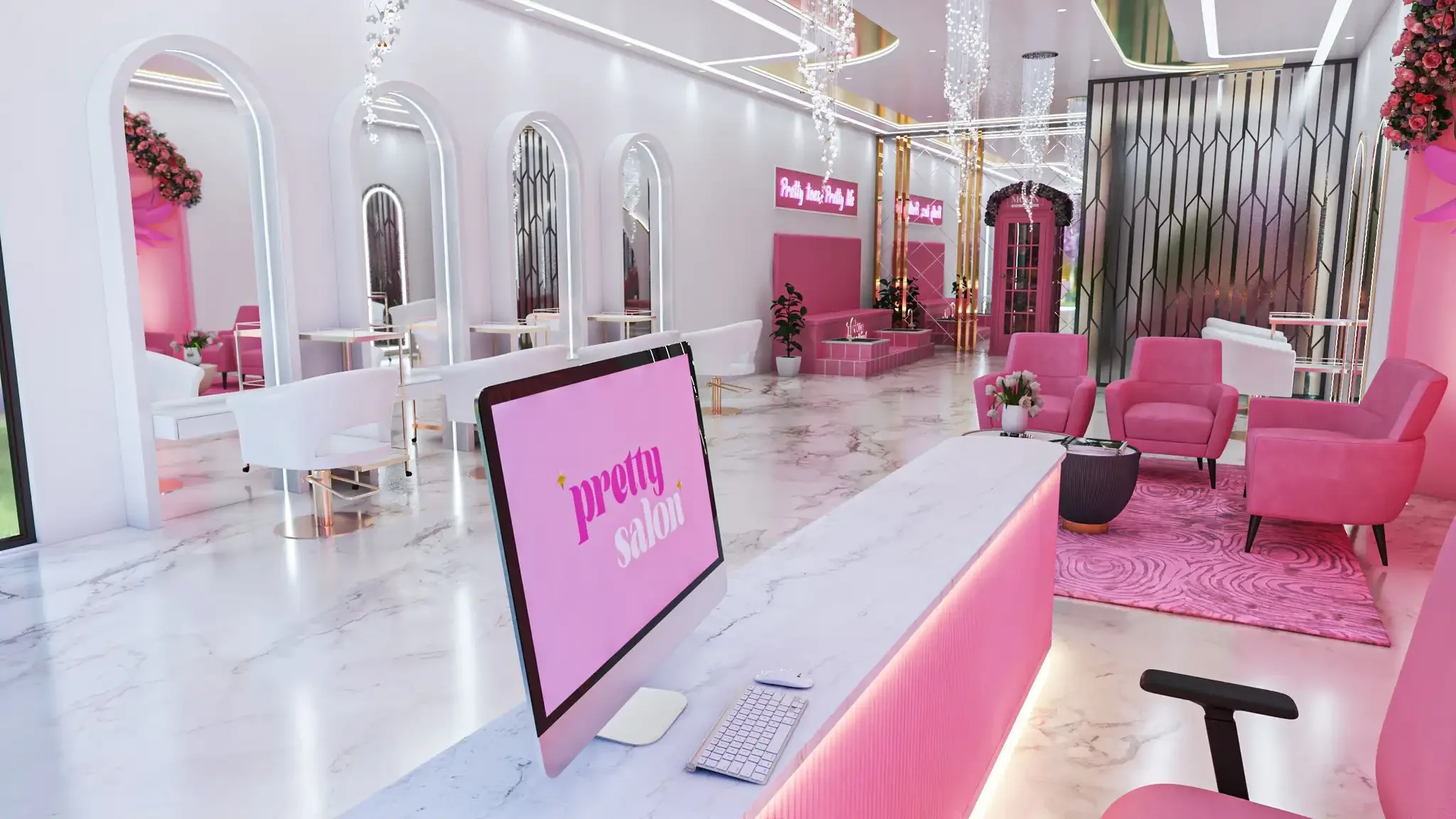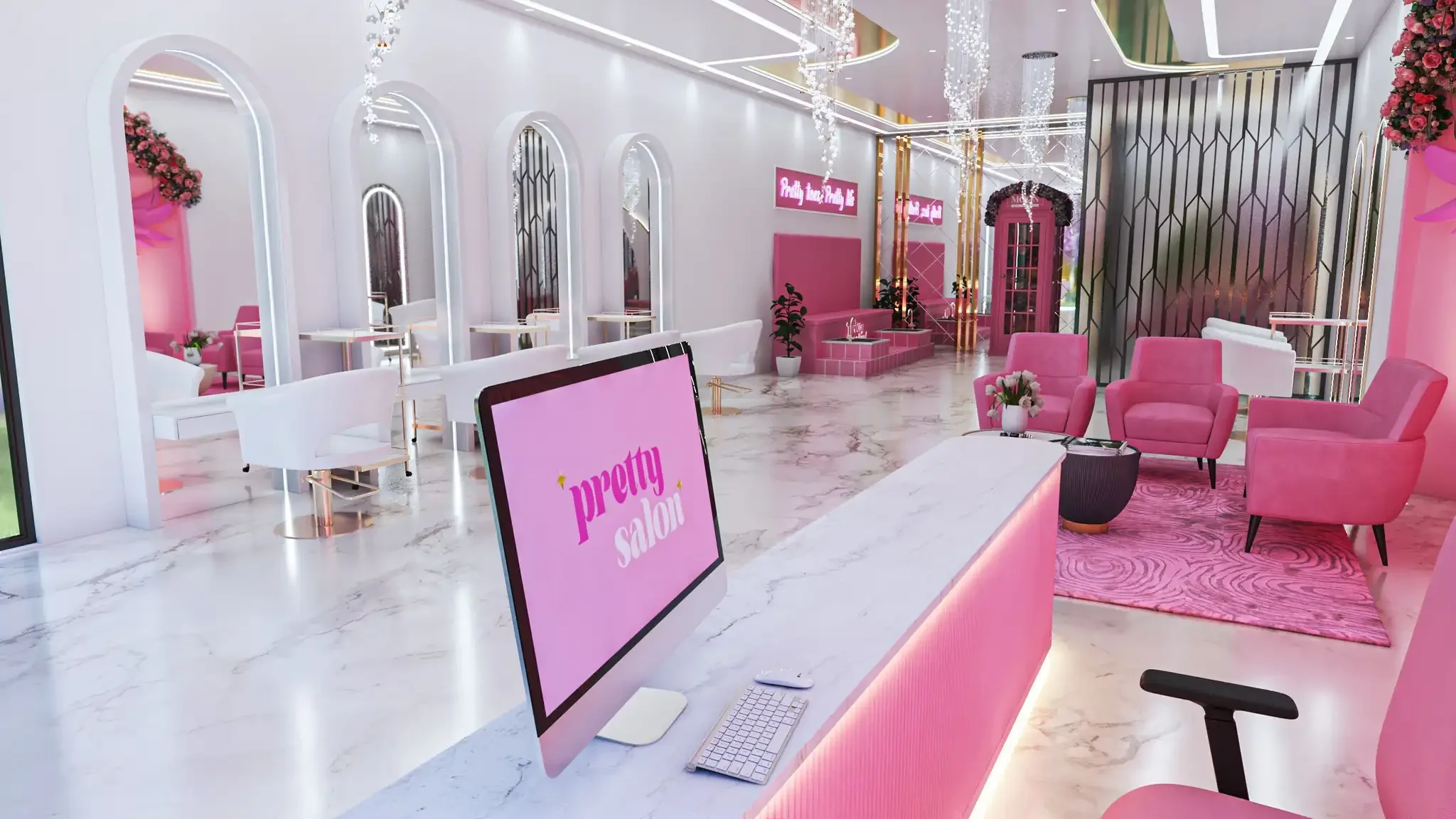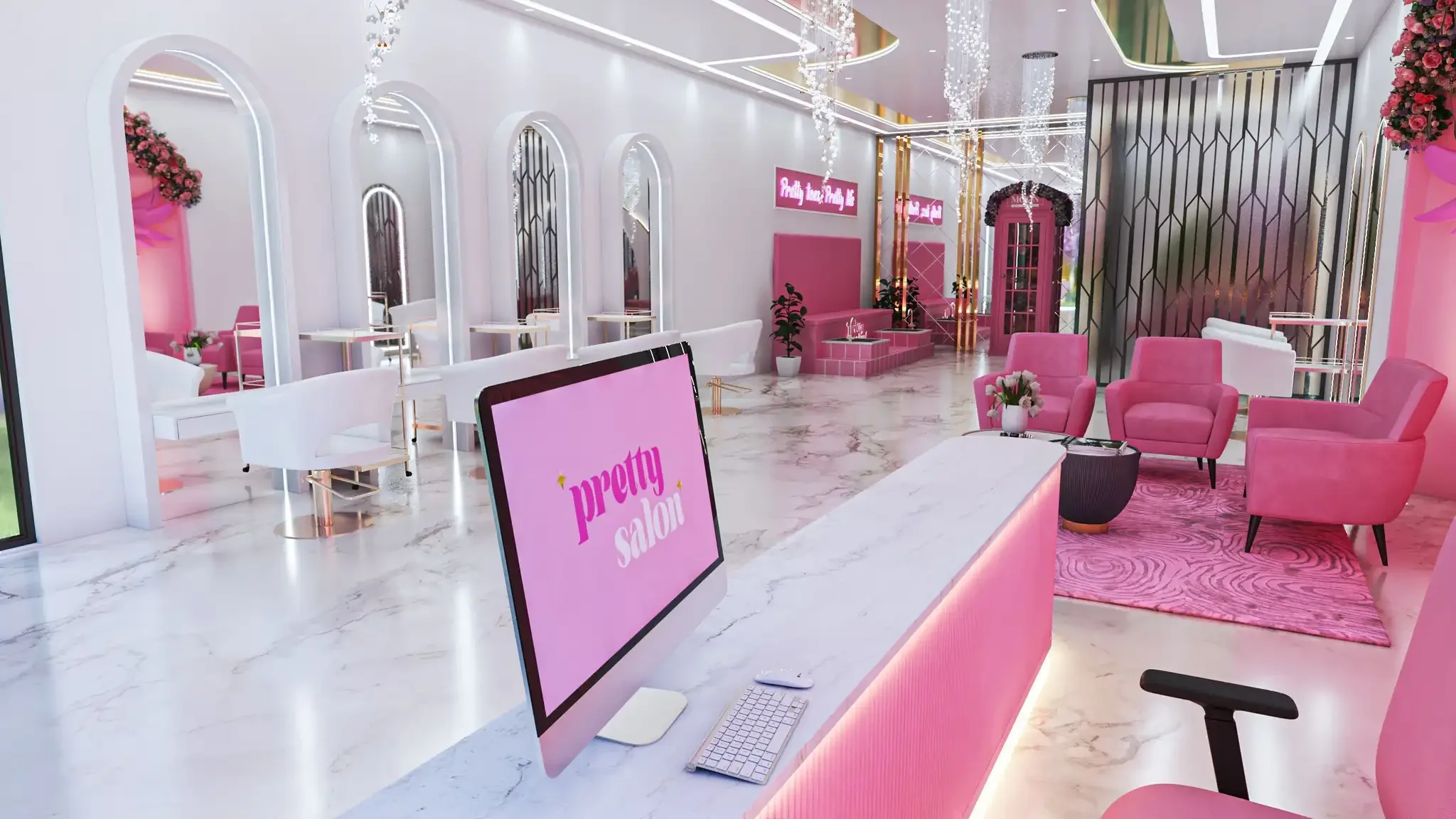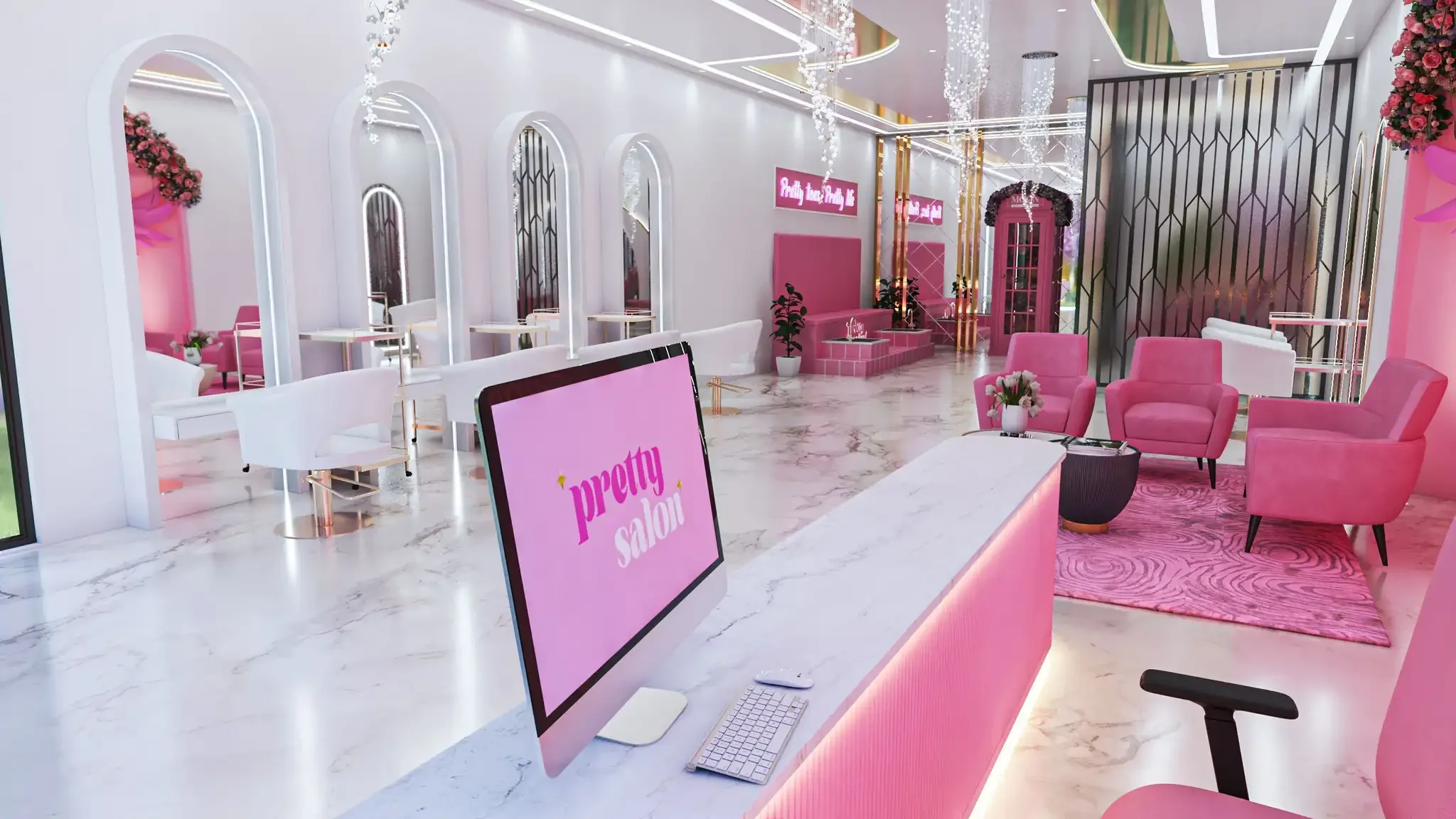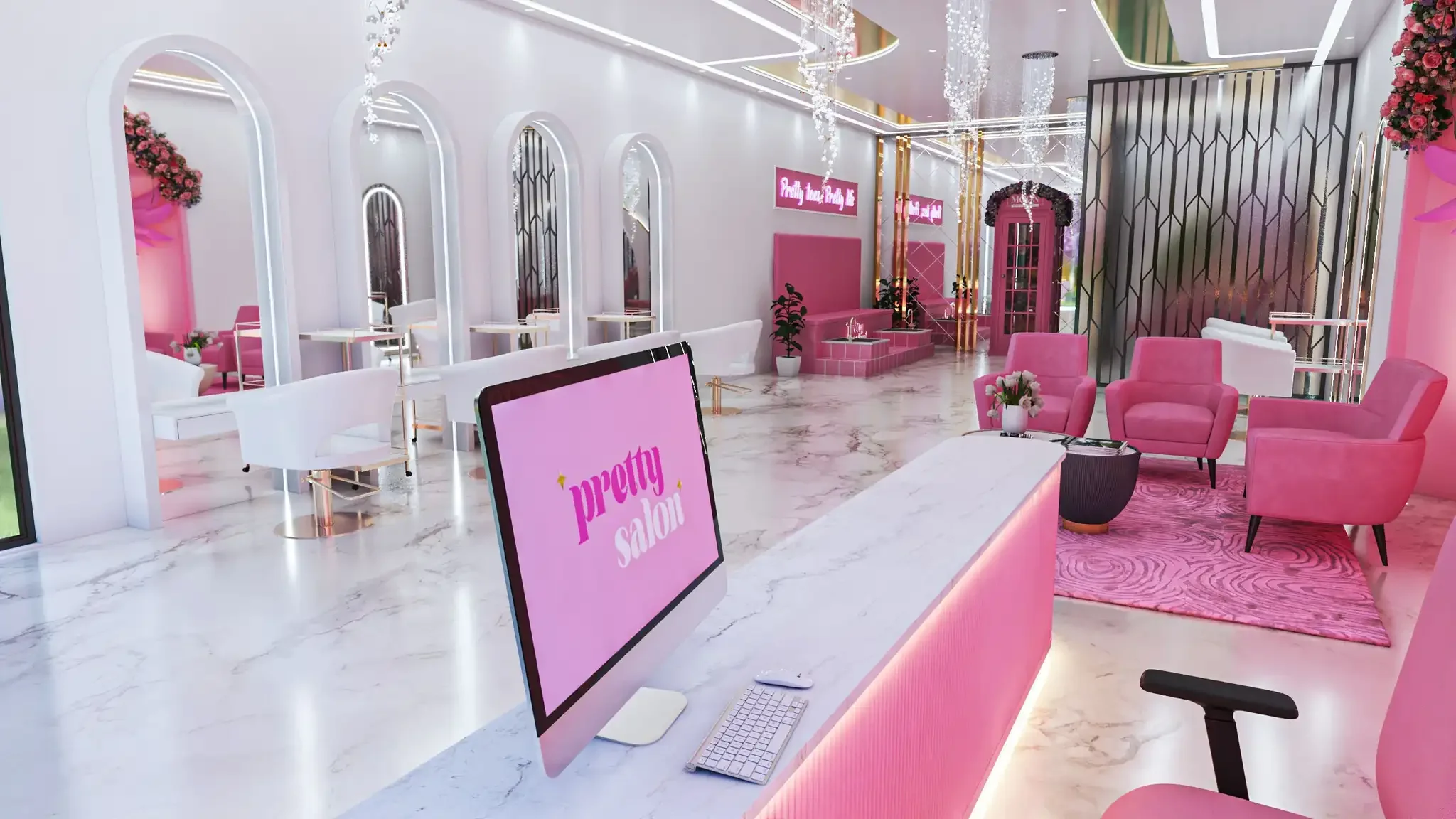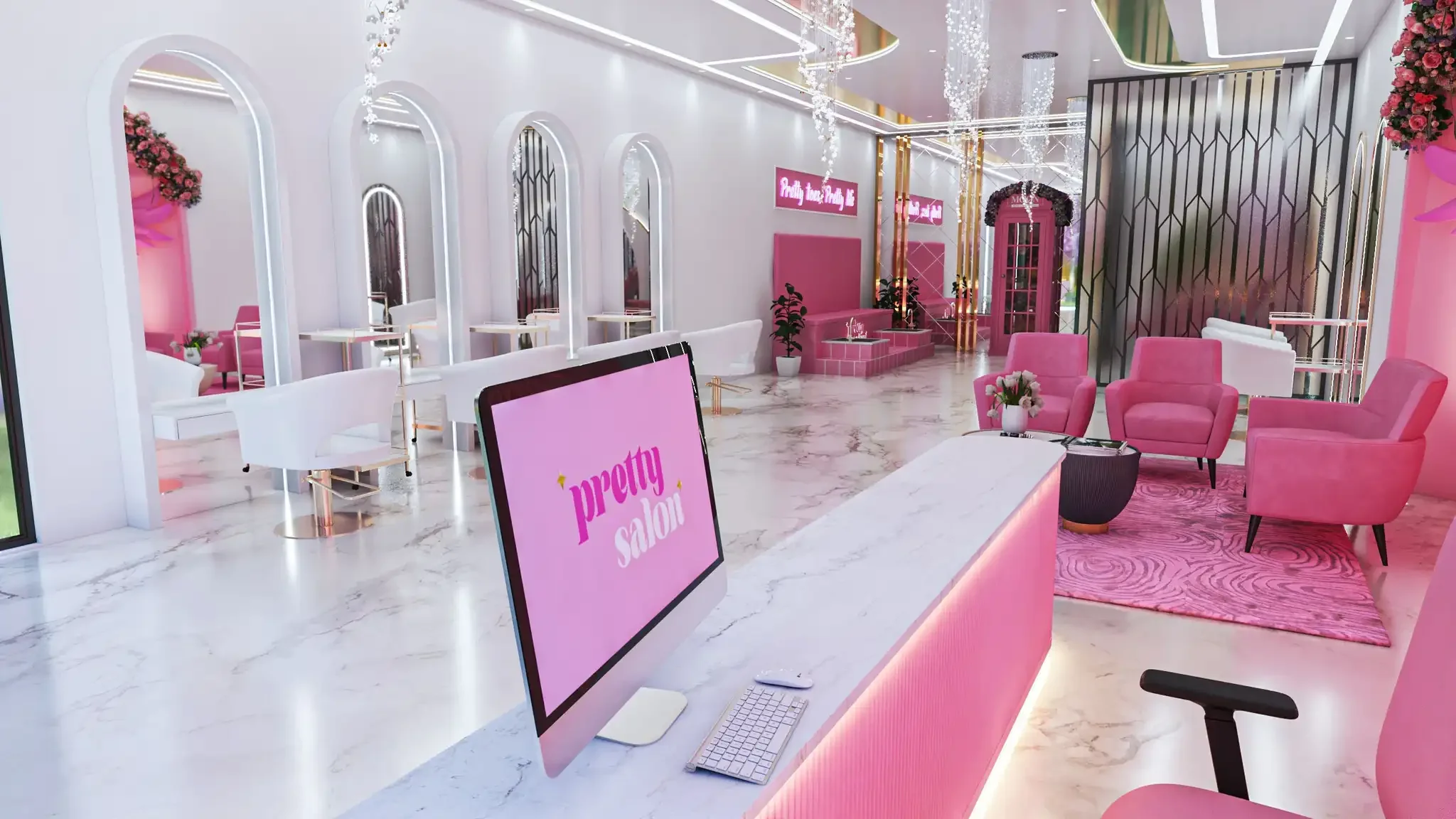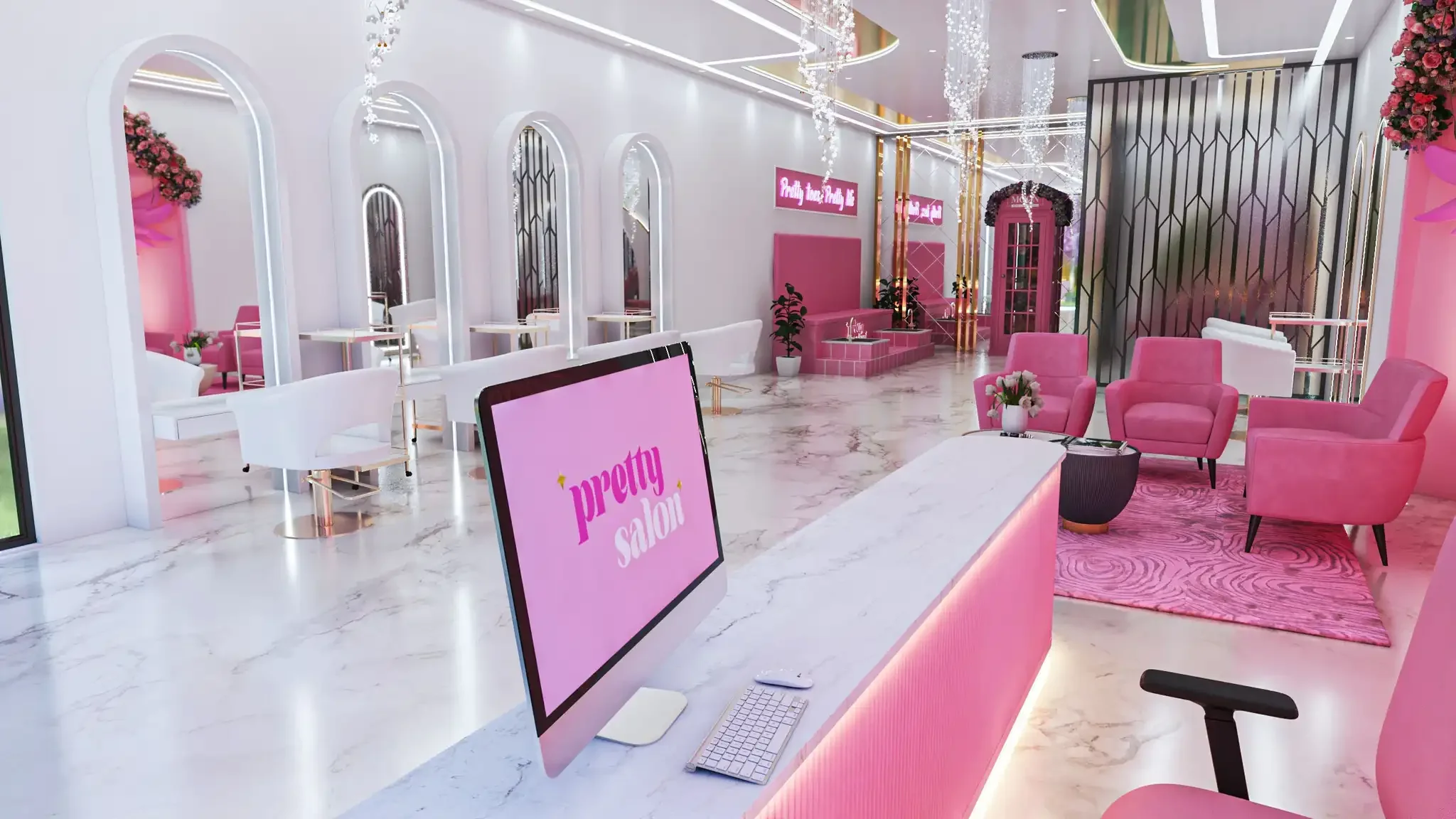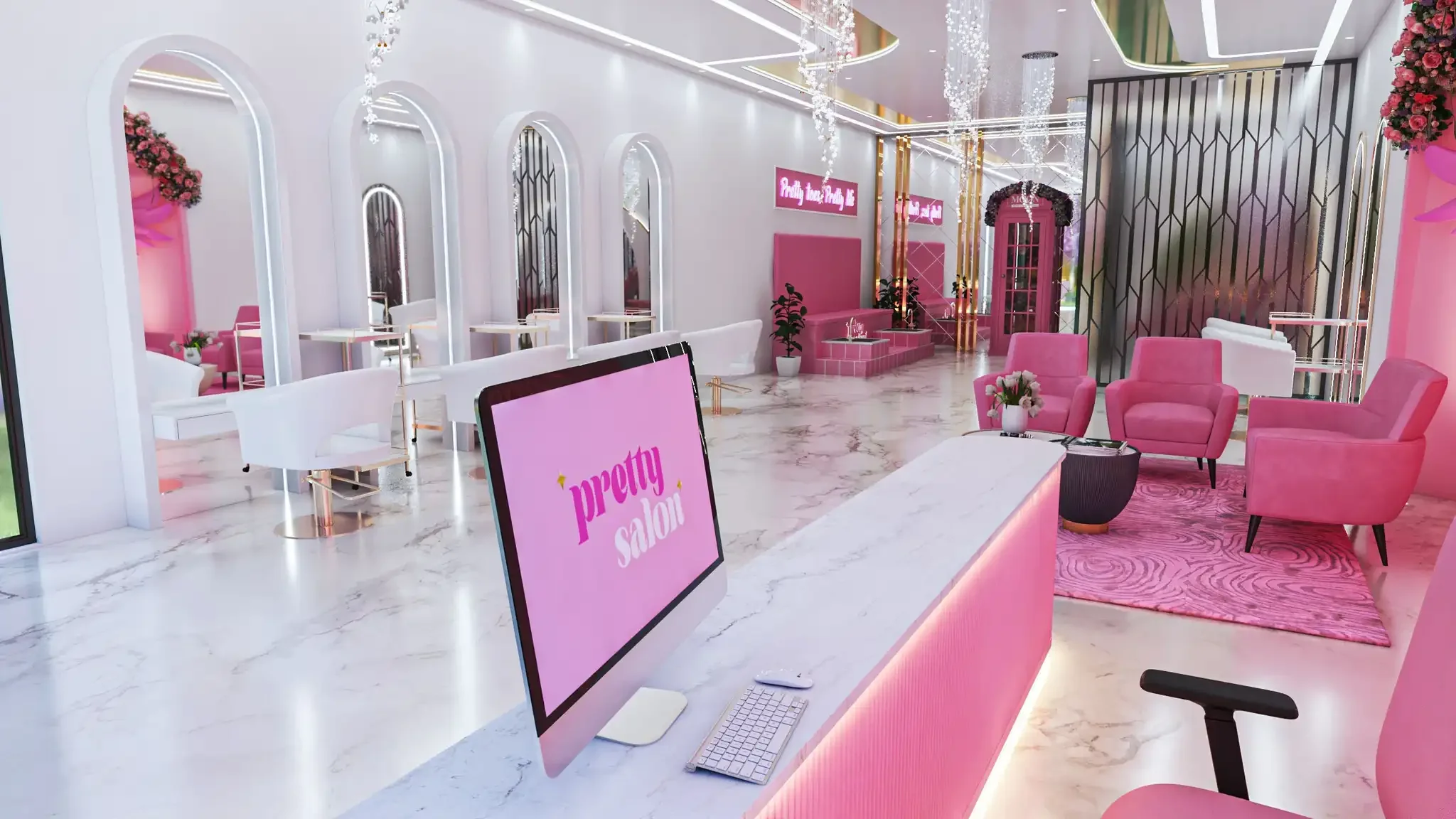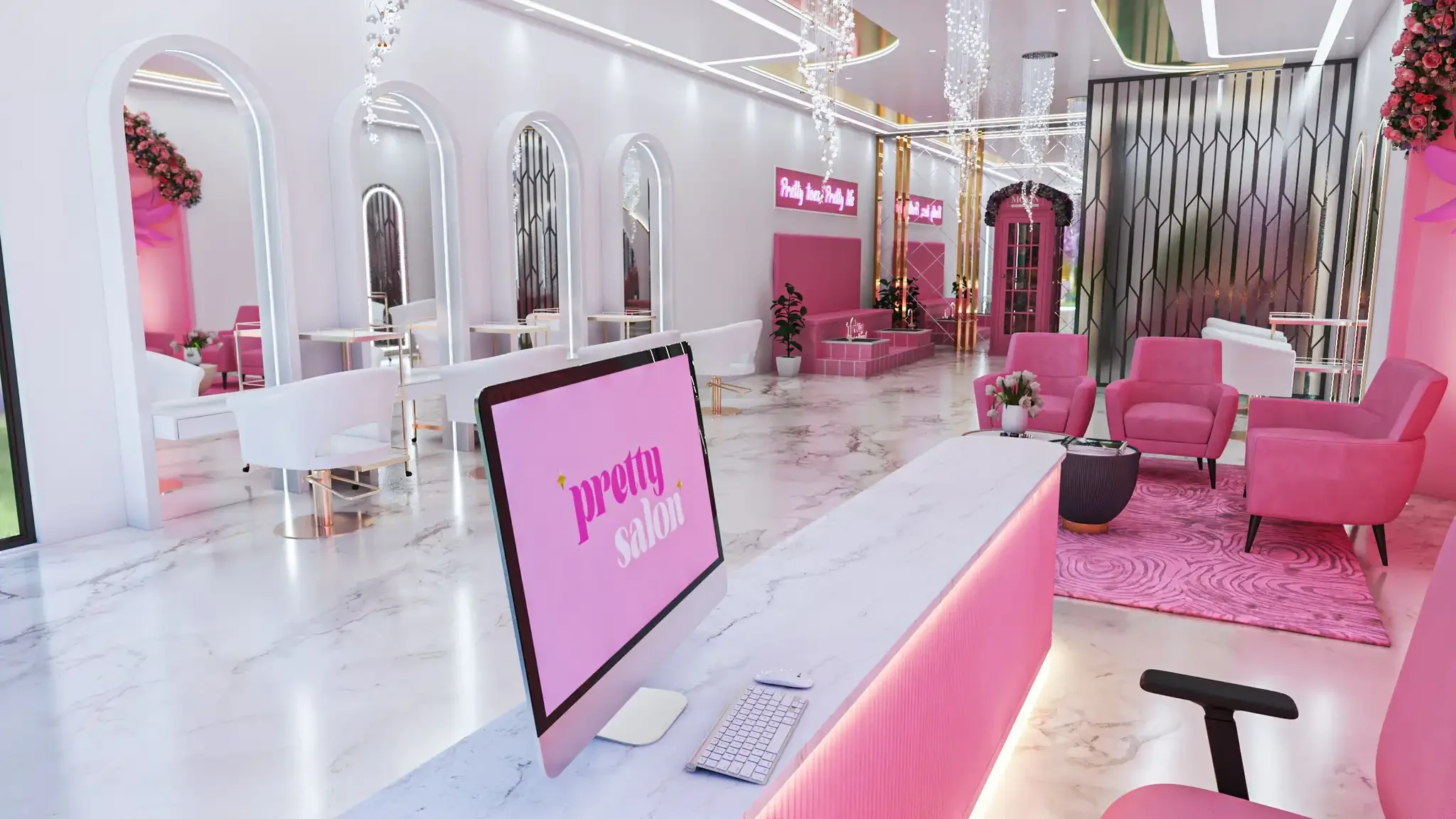The facial treatment industry has experienced remarkable growth in recent years, with more consumers seeking professional skincare…
Beauty Salon Public Liability Insurance: Essential Protection for Beauty Businesses
Running a beauty salon involves constant interaction with clients and the use of various treatments, chemicals, and equipment. While you focus on making your clients look and feel their best, it's crucial to protect your business from the unexpected incidents that can occur in any beauty environment. Beauty salon public liability insurance provides essential coverage for the unique risks faced by salon owners and beauty professionals.
What is Beauty Salon Public Liability Insurance?
Beauty salon public liability insurance is a specialized form of coverage designed to protect beauty businesses from claims made by third parties who suffer injury or property damage while on your premises or as a result of your business activities. This insurance covers legal costs, compensation payments, and associated expenses when accidents happen during the course of your beauty treatments or salon operations.
Unlike general public liability insurance, beauty salon coverage is specifically tailored to address the unique risks associated with beauty treatments, from allergic reactions to chemical burns, slip and fall accidents, and damage to clients' personal belongings.
Why Beauty Salons Need Public Liability Insurance
Beauty salons face numerous risks that could result in costly claims. The intimate nature of beauty treatments, combined with the use of chemicals, heat treatments, and sharp instruments, creates multiple opportunities for accidents to occur. Even the most experienced and careful beauty professionals can face situations beyond their control.
The beauty industry has seen an increase in compensation claims over recent years, with clients becoming more aware of their rights and more willing to pursue legal action when treatments go wrong. Without adequate public liability coverage, a single claim could potentially bankrupt your salon business.
Common Claims in Beauty Salons
Beauty salons encounter various types of public liability claims, each presenting significant financial risks. Allergic reactions represent one of the most frequent claim types, occurring when clients experience unexpected reactions to hair dyes, skincare products, or nail treatments. Even with proper patch testing, some reactions can be severe and require medical treatment.
Chemical burns from hair treatments, particularly bleaching and coloring services, can result in substantial compensation claims. Skin burns from hot wax, straightening irons, or other heated equipment also present ongoing risks. Eye injuries during lash extensions, brow treatments, or facial services can lead to serious claims requiring specialized medical attention.
Slip and fall accidents remain common in salon environments where floors can become wet from washing stations or treatment spills. Clients may also suffer cuts from improperly sterilized equipment or injuries from manicure and pedicure tools.
Property damage claims can arise when treatments damage clients' clothing, jewelry, or personal belongings. Hair treatments that go wrong, resulting in severe hair damage, can also lead to compensation claims for corrective treatments or hair replacement.
Coverage Provided by Beauty Salon Public Liability Insurance
Comprehensive beauty salon public liability insurance covers legal defense costs, which can be substantial even for unsuccessful claims. The policy handles compensation payments to injured parties, including medical expenses and loss of earnings. Coverage extends to property damage claims, protecting you when treatments accidentally damage clients' belongings.
The insurance covers incidents occurring both on your salon premises and at external locations if you provide mobile beauty services. This includes coverage for treatments performed at clients' homes, wedding venues, or other off-site locations.
Most policies include coverage for products liability, protecting you when beauty products you've applied cause adverse reactions or injuries. This is particularly important given the wide range of chemicals and treatments used in modern beauty salons.
Factors Affecting Beauty Salon Insurance Premiums
Several factors influence the cost of your beauty salon public liability insurance. The range of treatments offered significantly impacts premiums, with higher-risk services like chemical peels, laser treatments, or permanent makeup commanding higher rates. Salons offering basic services like cuts and blow-dries typically pay lower premiums than those providing advanced aesthetic treatments.
Your salon's location affects pricing, with urban locations and areas with higher claim frequencies resulting in increased premiums. The size of your salon and number of treatment rooms also influence costs, as larger operations face greater exposure to potential claims.
Your claims history plays a crucial role in premium calculations. Salons with previous claims may face higher premiums, while those with clean records often benefit from no-claims discounts. The experience and qualifications of your staff also impact pricing, with fully qualified and experienced professionals typically resulting in lower premiums.
Choosing the Right Coverage Level
Determining appropriate coverage levels requires careful consideration of your salon's specific risks and financial exposure. Most insurers offer public liability coverage starting from £1 million, but many beauty salons opt for £2 million or higher coverage given the potential severity of beauty-related claims.
Consider the types of treatments you offer when selecting coverage levels. Salons providing advanced treatments like chemical peels, microdermabrasion, or semi-permanent makeup should consider higher coverage limits due to increased risk exposure. Basic hair and nail salons may find lower coverage levels adequate, though £2 million remains recommended as a minimum.
Factor in your client base and treatment pricing when determining coverage needs. High-end salons serving affluent clientele may face larger compensation claims and should consider higher coverage limits accordingly.
Additional Considerations for Beauty Salon Owners
Public liability insurance should form part of a comprehensive insurance package for beauty salons. Consider combining it with professional indemnity insurance to cover claims arising from professional advice or treatment recommendations. Employers' liability insurance is legally required if you employ staff, while treatment risk insurance can provide additional protection for specific beauty procedures.
Product liability coverage becomes essential if you retail beauty products, protecting against claims arising from products sold rather than applied. Business interruption insurance can protect your income if claims or incidents force temporary closure of your salon.
Risk Management in Beauty Salons
While insurance provides essential financial protection, implementing strong risk management practices can help prevent claims and reduce premiums. Maintain detailed client consultation records, including medical histories, allergies, and previous treatments. Always perform patch tests for new clients or when introducing new products.
Ensure all staff maintain current qualifications and receive regular training updates. Keep detailed treatment records and maintain high standards of hygiene and sterilization. Regular equipment maintenance and safety checks help prevent accidents, while clear aftercare instructions can reduce the risk of post-treatment complications.
The Claims Process
Understanding the claims process helps ensure smooth handling when incidents occur. Notify your insurer immediately when any incident happens, even if no immediate claim is made. Document everything thoroughly, including photographs of any damage or injuries, witness statements, and detailed incident reports.
Cooperate fully with your insurer's investigation while avoiding admitting liability or making commitments to pay compensation. Your insurer will handle all communication with claimants and their representatives, allowing you to focus on running your salon business.
Regulatory Compliance and Insurance
Many professional beauty organizations and local authorities require proof of public liability insurance before granting membership or licenses. Some landlords also mandate minimum coverage levels as part of lease agreements. Maintaining adequate coverage ensures compliance with these requirements and demonstrates professional responsibility to clients and stakeholders.
Cost-Effective Insurance Solutions
Beauty salon owners can reduce insurance costs through various strategies while maintaining adequate protection. Shopping around annually ensures competitive pricing, as the insurance market constantly evolves. Consider increasing voluntary excesses to reduce premiums, but ensure excess levels remain manageable for your business.
Bundling multiple insurance types with one provider often results in package discounts. Maintaining good risk management practices and avoiding claims helps secure no-claims discounts and preferential renewal terms.
Conclusion
Beauty salon public liability insurance represents an essential investment in your business's future security. The beauty industry's inherent risks, combined with increasing client expectations and compensation awareness, make comprehensive coverage more important than ever.
The relatively modest cost of public liability insurance pales in comparison to the potential financial devastation of an uninsured claim. By choosing appropriate coverage levels and maintaining strong risk management practices, beauty salon owners can protect their businesses while focusing on what they do best – helping clients look and feel beautiful.
Don't leave your beauty salon's future to chance. Invest in comprehensive public liability insurance today and ensure your business remains protected against the unexpected challenges that can arise in the beauty industry.


 0330 127 2333
0330 127 2333



